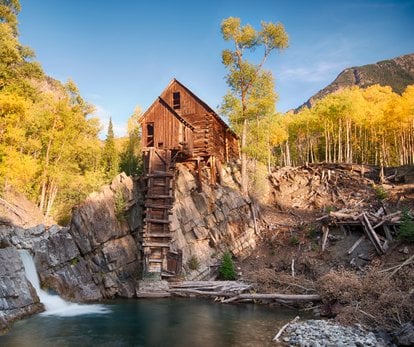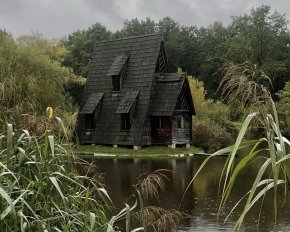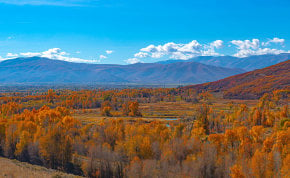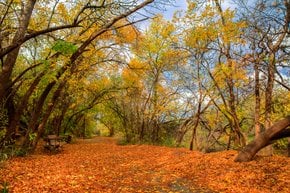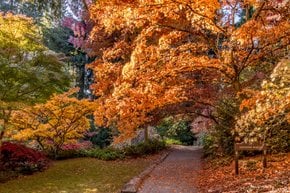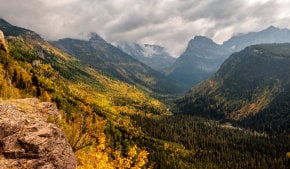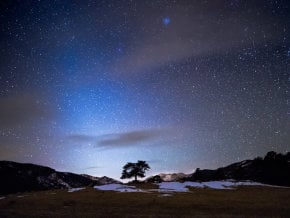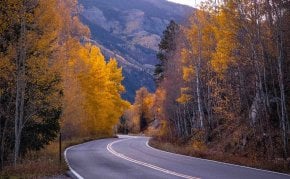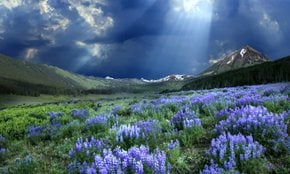Crystal Mill in Colorado 2026
An iconic Colorado attraction is one of the most photographed in the state
Best time: late May–mid-November (mid-September–early October for fall colors)
The Crystal Mill, also known as the Sheep Mountain Tunnel Mill, is a historic site located along the Crystal River in northwest Gunnison County, Colorado. Built in 1892, this iconic log-and-frame structure once served as a powerhouse for local silver mines. Today, it stands as one of the most photographed sites in Colorado, offering visitors a glimpse into the state’s rich mining history and breathtaking natural scenery, complete with a picturesque waterfall cascading below.
Activities at Crystal Mill
The iconic Crystal Mill, a historic wooden powerhouse perched dramatically above the Crystal River in Colorado, has long been a bucket list destination for many adventurers. While visiting Crystal Mill, there are several activities to enjoy. The area is popular for hiking, with the Crystal Mill Trail offering an 8.2-mile (13 km) route through the picturesque mountains of the White River National Forest. Rated as moderate, this hike is frequented by enthusiasts, especially during the summer months when the weather is warm and the scenery is lush. Swimming in the Crystal River or nearby lakes such as Beaver Lake and Lizard Lake is a common activity during the hotter months. Additionally, the trail to Crystal Mill is popular among mountain bikers. The challenging terrain and stunning views make it a favorite route for those looking to combine physical activity with sightseeing. Riders should be prepared for a rugged and rocky trail, suitable for more experienced cyclists. For those who prefer a less physically demanding visit, guided Jeep tours are available. These tours offer a comfortable and informative way to reach the mill, navigating the rough roads with ease. Guides often provide historical context and interesting facts about the area, enhancing the overall experience.
Visitor Trail Closure
It's important to note that as of 2023, the visitor trail leading directly to the Crystal Mill has been closed. Vandalism, littering, and disregard for "leave no trace" principles have led the property's owner, Chris Cox, to shut down access to the riverbank below the mill, a popular spot for photographers. Despite this closure, the mill remains visible from the road, preserving its status as a scenic landmark while protecting it from further damage.
Jeep Trail
For those opting to travel by car, the journey to Crystal Mill is a memorable adventure. The 10-mile (16 km) round trip offers breathtaking views, vibrant colors, and a chance to enjoy a serene environment. However, the trail is challenging, especially for those unfamiliar with off-road driving. The jeep trail road sign could use some refurbishing, making it difficult to spot, but once on the trail, the experience is exhilarating. The drive to Crystal Mill is demanding, with rough roads and steep drop-offs, suitable only for experienced drivers. The US Forest Service recommends that only highly experienced four-wheel drivers in small high-clearance Jeeps or similar vehicles should attempt to drive Forest Service Road 317 from Crested Butte to the mill. Despite its challenges, the journey is well worth the effort for the stunning scenery and the adventure it promises.
Location and Infrastructure
Crystal Mill is located about five miles east of Marble, Colorado, a small town approximately 40 minutes south of Carbondale and a 3.5-hour drive from Denver via Highway 133. Currently, the mill is accessible from Marble via the extremely rough County Road 3. Visitors can reach the mill using a high-clearance 4-wheel-drive vehicle, on horseback, or foot.
Scenic Photography and Selfie Spots
The dramatic setting of Crystal Mill, perched above the rushing Crystal River and surrounded by colorful aspens and rugged mountain peaks, makes it a favorite spot for photographers. The picturesque waterfall cascading below the mill adds to the stunning views. Popular photography spots include views from the riverbank, though access here is now restricted, and from higher vantage points along the trail. For the best photos, a wide-angle (11-20mm) lens is recommended.
History and Significance
Crystal Mill was originally constructed as a powerhouse to generate compressed air for nearby silver mines. Despite the economic downturn during the Panic of 1893, the mill's innovative design allowed the mines and the town of Crystal to continue operating. The mill ceased operations in 1917 and was later acquired by Treasure Mountain Ranch Inc. in 1954. It was added to the National Register of Historic Places in 1985, preserving its legacy as a symbol of Colorado's mining history.
Nearby Attractions
In addition to the Crystal Mill, the surrounding area offers other attractions worth exploring. The small ghost town of Crystal City, once a bustling mining hub, provides a historical backdrop. Outdoor enthusiasts can enjoy hiking trails leading to Crystal Peak, Treasure Mountain, and Whitehouse Mountain, or spend time at the serene Lizard Lake and Beaver Lake.


